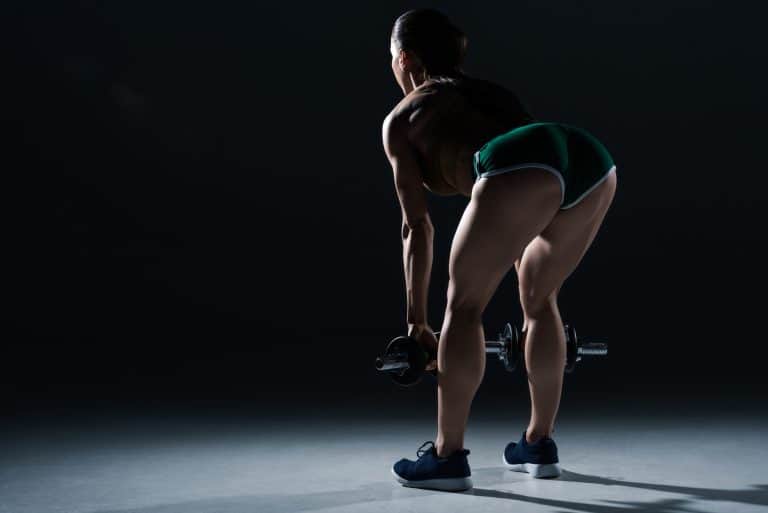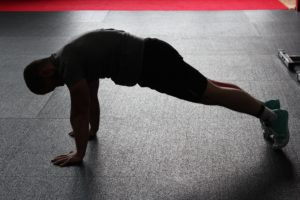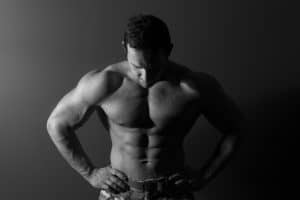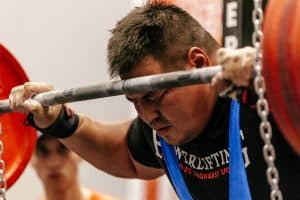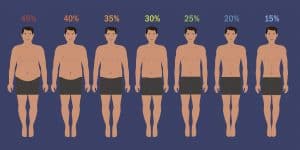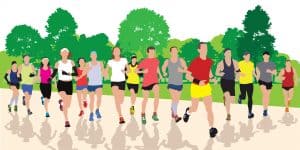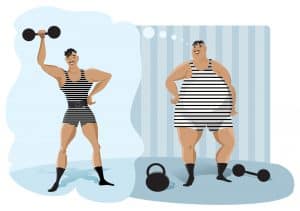When I first started training—despite watching my diet and exercising hard—my midriff remained unimpressive. My arms and legs became tight and toned—but I struggled to make any inroads sorting out my abs.
I knew to obtain the maximum health benefits and have a body I could be proud of—I needed to do something—fast.
Sound familiar?
I discovered that obtaining the most awesome abdominals means more than just sit-ups—I’m going to share that information with you.
Here are the best exercises for core strength—giving you an incredible physique.
What Is the Core?
Although there’s no specific medical definition—the core is more than just your abdominal muscles, or “abs.” Generally, it’s considered to include all the muscles around the midsection of the body—and that includes the back, sides, and front.
So, we’re talking about the:
- Abdominal muscles (rectus abdominis, transversus abdominis, external oblique, internal oblique): Responsible for giving you that “6-pack” look and allowing your upper section to move and bend.
- Erector spinae: Back muscles that provide rotation.
- Lower latissimus dorsi (or “lats”): That enable flexion and support posture.
The best exercises for core strength address either individually or in combination (known as compound exercises) these three muscle groups.
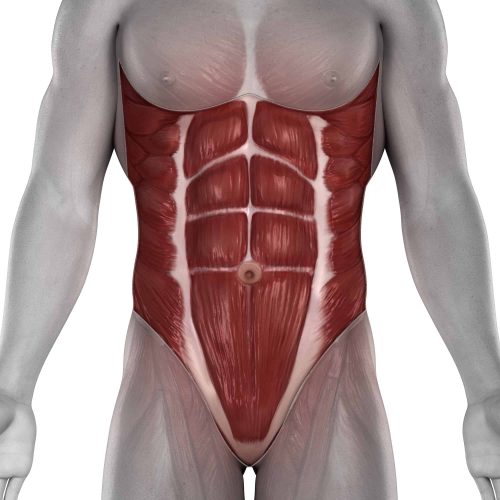
Benefits of Exercising the Core
Today, we’re living a more sedentary lifestyle than ever before. Increasingly, both our work and leisure time involves sitting down in front of a screen.
This can weaken the core muscles—leading to poor posture, back issues, impaired breathing, and providing an “untoned” appearance.
The best exercises for core strength can alleviate these issues, giving the benefits of:
- Enhancing all-around exercise performance: The body needs a powerful core to ensure that it’s stabilized and energy is transferred through the limbs—what’s more, a stronger core improves breathing efficiency.
- Improving posture: Weak abs and erector spinae muscles can force the body to bend forward, stressing the back—known to cause spinal pain.
- Creating an aesthetically pleasing appearance: The best exercises for core strength can lead to a toned and flat stomach, getting you in shape for your beach vacations.
- Helping prevent illness: Exercises that involve resistance, either weights or bodyweight, are known to inhibit health problems related to the inflammatory response, such as diabetes and cardiovascular disease.
The Best Exercises for Core Strength
Below are what I consider to be the best exercises for core strength—designed to work all the important muscles previously mentioned.
Ideally, for the most impressive benefits, try to use this as a complete workout. Allow three minutes between each exercise before moving on to the next.
I understand that work commitments, family, or financial constraints can make access to a gym difficult—hence, these best exercises for core strength cater for both those with access to equipment and those without.
Each exercise indicates a recommended number of repetitions (reps) to complete. This is purely a guide. Depending on your current level of fitness and strength, they can be either increased or decreased.
This is important.
The “right” number is the amount where, when completing the final two reps, you really have to struggle hard to finish. Any less, and you’re not giving your body a hard enough workout. As your strength increases—so should your reps.
Here are my five best exercises for core strength.
1
Plank
One of the best exercises for core strength that works the abdominals, hip flexors, and erector spinae.
equip.
Weight
Sets
Reps
Rest
None
Body
weight
3
until failure—aim for at least 1 minute
2 mins
Performance:
- Lay flat on the floor, stomach down, legs outstretched behind you.
- Raise your upper body off the ground by supporting it on your forearms, fingers pointing forwards.
- Ensure that your elbows are located beneath the shoulders.
- Your forearms and upper arms should form a 90-degree angle.
- Now raise your groin and legs off the floor by supporting them on your toes.
- Your back, butt, and legs should form one complete line—the only contact with the floor should be your toes and arms.
- This is the starting position.
- Hold for about a minute—longer if possible.
- Rest for 2 minutes max., then complete twice more.
Throughout this exercise, breath slowly and steadily, concentrating on keeping your body horizontal—no sagging!
2
Russian Twists
It’s one of the best exercises for core strength working mainly the rectus abdominis—but also the transversus abdominis, external and internal obliques.
equip.
Weight
Sets
Reps
Rest
plate, medicine ball, or None
Sufficient to cause fatigue at rep number indicated
3
12-15
2 mins
Performance:
Ideally, use weights—either store-bought or home improvised—for the most intense workout.
However, if you’re new to training and lack strength, start without.
- Sit on the floor with your legs outstretched in front of you. Raise your knees upward while keeping your feet flat on the ground. It’s best to secure the feet underneath a workout bench, a piece of furniture, or pressed on by a friend.
- Hold a weight (dumbbell, medicine ball, plate) between both hands—extend the arms outward until they’re straight and parallel to the floor.
- Slowly lean backward, feeling your abdominal muscles tighten. Stop when your thigh-butt-torso forms a V shape.
- This is the starting position.
- Turn your torso to the right, keeping the arms fully outstretched: don’t move your legs. When your arms are perpendicular to the floor, stop. Hold for a second and then return to the starting position.
- Repeat—this time turning to the left-hand side, hold for a second, and then return to the starting position again.
- This completes one repetition.
- Do 15 repetitions, rest for 2 minutes max., then complete two more sets of 12 with a break in between each.
3
Crunch
A safer version of the sit-up—placing less stress on the lower back, which can cause injury. One of the best exercises for core strength, pushing mainly the erector spinae, hip flexors, abdominals, and lats.
equip.
Weight
Sets
Reps
Rest
plate, or None
As heavy as you can manage
3
12-15
2 mins
Performance:
- Lay flat on the floor, back downward. Knees should be bent at about 90 degrees, feet planted on the ground. It may help to secure them with a bench, furniture, or with a friend’s assistance.
- Place the hands on the sides of the head, elbows pointing outward. Don’t interlock them as this gives the temptation to “pull” your head forward. If using an additional weight—hold a dumbbell plate between the hands behind the head.
- This is the starting position.
- Roll the upper body forward slightly—pushing the lower back into the floor—working the abdominals.
- Stop when your upper back is about 4 inches off the ground, no higher—your lower back should always be in contact with the floor.
- Hold for one second.
- Slowly lower yourself back to the starting position—don’t “drop.”
- This completes one repetition.
- Finish three sets of 12-15 repetitions with a max. of 2-minute break between sets.
4
Bench Leg Raises
One of the best exercises for core strength for the abdominals.
equip.
Weight
Sets
Reps
Rest
bench or floor
Body
weight
3
12-15
2 mins
Performance:
If you don’t have a workout bench, you can use the floor. The main difference is, it isn’t as powerful—since your legs cannot pass lower than the horizontal position.
- Lay flat on a bench. Your back should be downward with your buttocks close to one end.
- Arms should be flat by your sides—secure your hands under your butt to keep them stationary.
- Raise your legs so your body forms one straight, horizontal line.
- This is the starting position.
- Slowly, lift the legs upward, all the time keeping them straight. Stop when they are at 90 degrees to your upper body (or as near as you’re able).
- Hold for a second—then lower again, going past the horizontal position by about 8 inches, then lifting again to the starting position.
- This is one rep.
- Do three sets of 12-15 repetitions, with a max. of 2-minute break between each.
5
Pull-In With Exercise Ball
A powerful abs buster that does require good balance. One of the best exercises for core strength that builds both front and back muscles.
equip.
Weight
Sets
Reps
Rest
Exercise ball
Body
weight
3
12-15
2 mins
Performance:
- Position your shins on the top of an exercise ball. Support your upper body on fully outstretched and locked arms, palms flat on the floor, as if you’re about to do a push-up. Your hands should be directly beneath your shoulders.
- This is the starting position.
- Move your knees slowly in a horizontal plane towards your chest—in doing so the ball will rotate. Stop when the ball is only in contact with your feet, just below the ankles.
- Hold this position for 2 seconds, then slowly roll back again into the starting position.
- That completes one repetition.
- Complete three sets of 12-15 repetitions—with a max. of 2-minute break in between each.
Bottom Line
Completing these best exercises for core strength will not only lead to a tight, toned, and impressive stomach—but will also strengthen the back.
Always try to push yourself a little harder every time you complete these exercises—by either raising the number of repetitions or increasing the weight load.
Doing so will improve your posture, boost strength, reduce the risk of injury, and create a phenomenal physique.
Also on "How to Get Bigger" Series
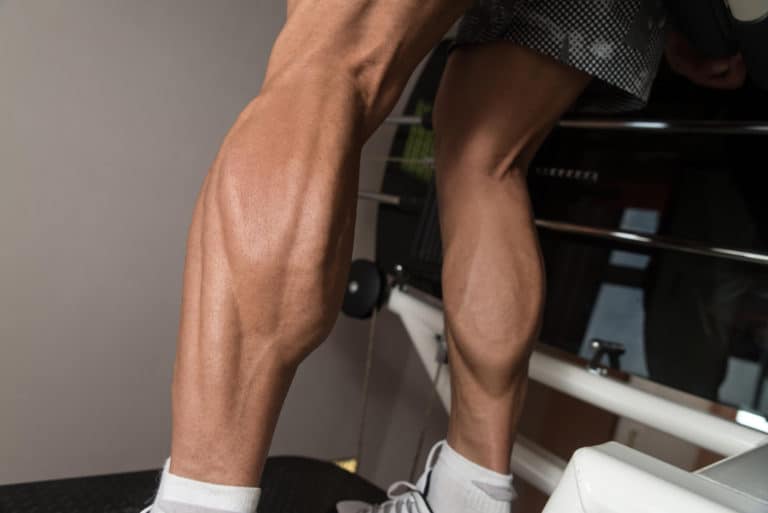
How to Build Bigger Calves?
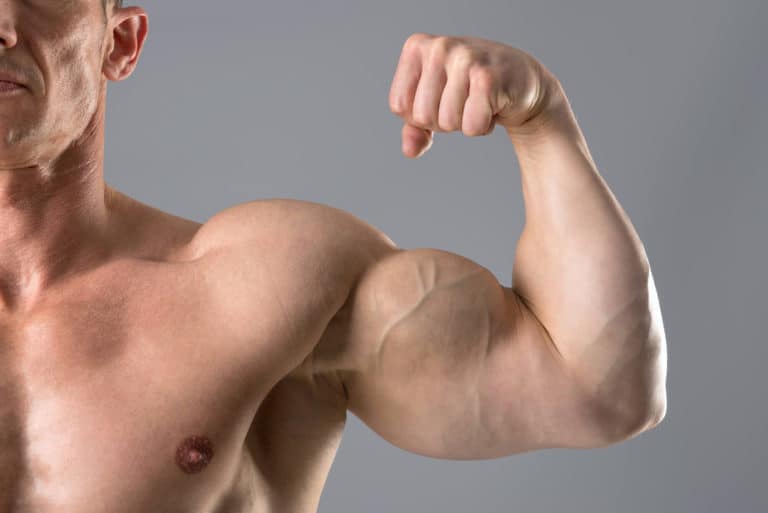
How to Get Bigger Biceps?
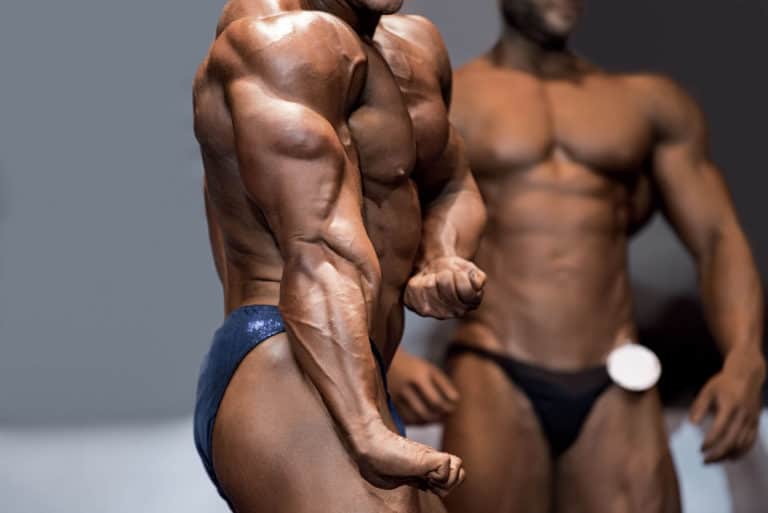
How to Build Bigger Triceps?
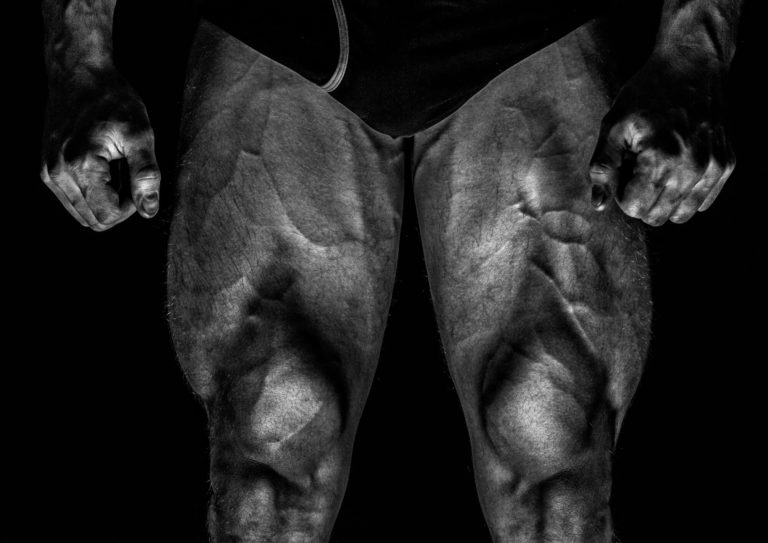
How to Build Bigger Legs? 15 Tips to Build Bigger and Stronger Legs
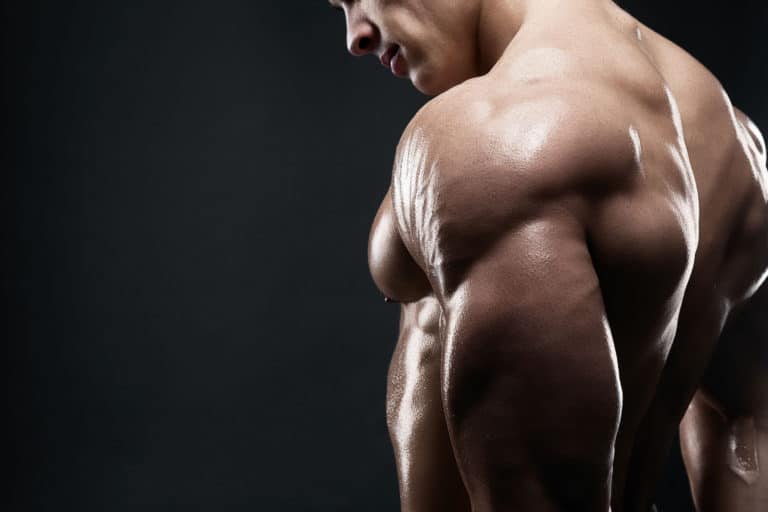
How to Build Bigger Shoulders?
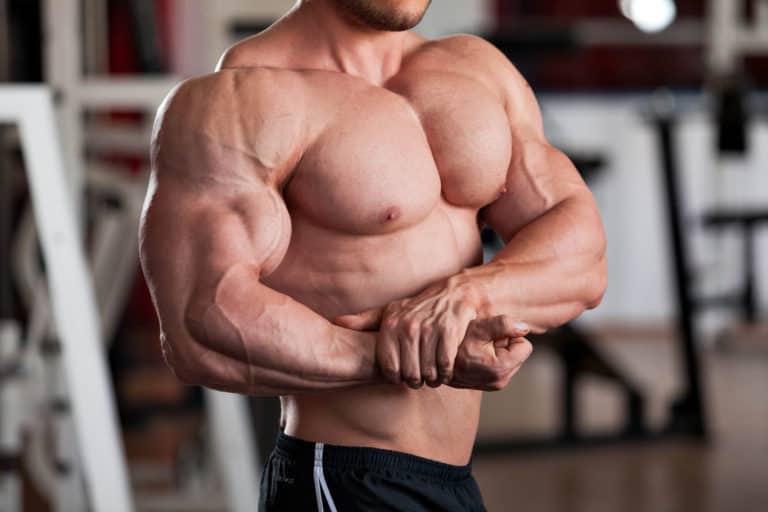
How to Get A Bigger Chest?
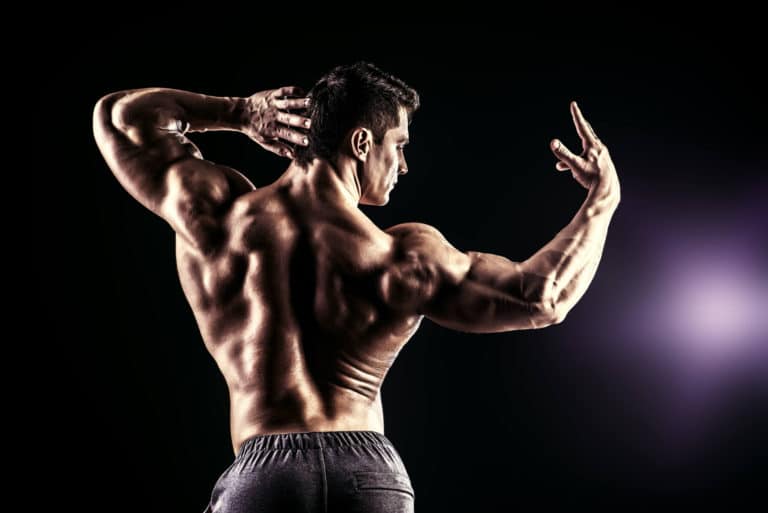
10 Tips to Get a Bigger Back and Wider Lats
